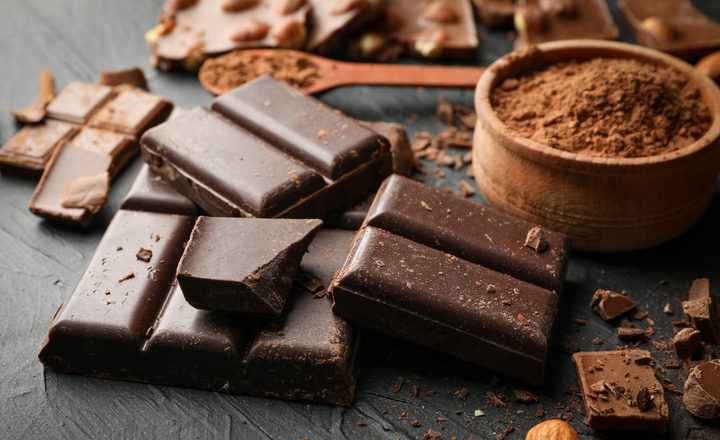- Traditional cacao bean fermentation is a complex, often uncontrolled, process driven by a succession of microorganisms (yeasts, lactic acid bacteria, acetic acid bacteria, others) — variations in microbial community structure contribute to flavor variability.
- Industrial or fine-flavor chocolate producers seek more reproducible, predictable fermentations to enhance consistency, quality, and control.
- A defined minimal consortium that reliably recreates high-quality flavor development can bridge the gap between artisan spontaneity and industrial standardization, preserving complexity while reducing risk and batch variability.
Key findings:
- From spontaneous fermentations of cacao, the authors isolated and characterized a panel of yeast (e.g., Saccharomyces, Pichia) and bacterial (lactic acid- and acetic acid-producing bacteria) strains and mapped their metabolic contributions.
- A 7-strain consortium was elaborated that captures the necessary functions, namely fermentation, acidification, volatile precursor formation.
- Controlled fermentations using this consortium produced volatile compound profiles, sensory attributes, and microbial succession dynamics closely matching those from spontaneous fermentations across several cacao varieties.
- Flavor-wise, the consortium produced key metabolites associated with fine flavor (e.g. esters, alcohols, acids) and reductions in off-flavor compounds.
Bigger picture: By demonstrating that a small, defined microbial community can recapitulate the richness of spontaneous cacao fermentation, this work points toward a future where precision fermentation design can deliver both consistency and complexity in artisanal foods with reduced batch variation. Beyond chocolate, the concept may be extended to coffee, wine, cheese, and fermented vegetables. Challenges still include scaling, strain stability, robustness to environmental variation, and troubleshooting how community resilience tracks with real-world stressors. Still, this is a notable advance toward marrying microbial ecology and gastronomy.
References:
1. Gopaulchan et al. (2025). “A defined microbial community reproduces attributes of fine flavour chocolate fermentation.” Nature Microbiology. Vol. 10, Issue 9: 2130-2152.



















